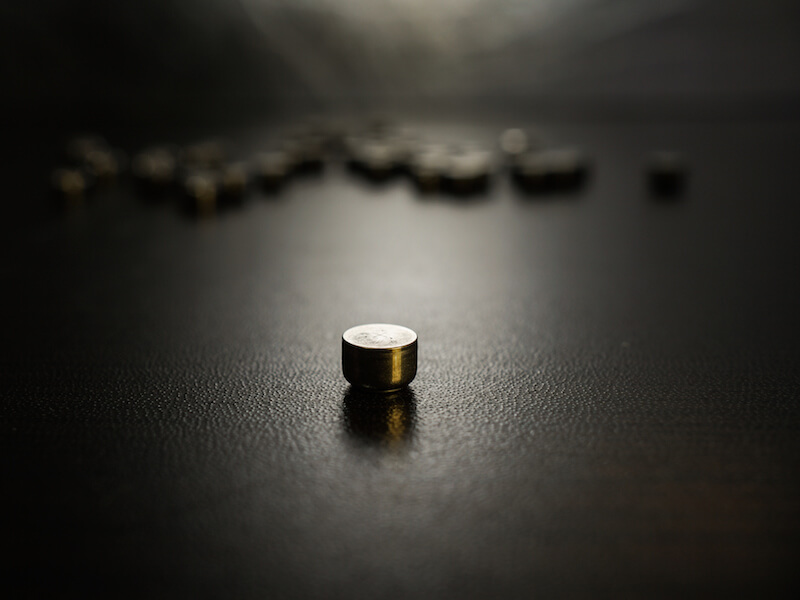
From cameras to phones to music players, how we power our electronics has advanced. A robust, rechargeable hearing aid battery is finally living up to the hopes of hearing aid manufactures to replace the outdated disposable power sources of the past.
Disposable hearing aid batteries have traditionally been the power source of choice amongst manufacturers, with size 312 batteries serving as one of the more prevalent battery types. Nowadays, the most popular version of these batteries is generally known as a “zinc-air” battery.
The Downside to Disposable Hearing Aid Batteries
As the name would indicate, a zinc-air battery is impacted by the presence of air. The user has to pull a little tab off the back of a 312 zinc-air battery in order to activate it.
As soon as it is fully oxygenated, it begins to lose power. That means power is beginning to deplete whether the user is ready for it or not.
Most users consider the duration of life to be the most significant disadvantage of disposable batteries. With 312 batteries, the user could be changing the batteries in their hearing aids around 120 times each year because they die in 3 to 12 days according to some reports.
Because of this, besides having to purchase 120 batteries, the user will need to change and correctly dispose of batteries at least twice every week. That’s probably over $100 in batteries from a cost perspective alone.
Advancements in Rechargeable Batteries
Rechargeable hearing aid technology has progressed to the point where it’s now a viable solution and that’s good news for people who wear hearing aids.
The vast majority of people would wear rechargeable hearing aids if given a choice according to some studies. Until recently these models have traditionally struggled to give a long enough charge to make them worthwhile. However, modern innovations now enable an entire day of use per charge.
Users won’t see substantial cost benefits by switching to rechargeable batteries, but where they will see a demonstrated improvement is in quality of life.
On top of supplying 24 hours of use time, these new models result in less aggravation for the user, since there’s no more changing and properly disposing of batteries. They simply need to put the battery on the charger.
A disposable battery nearing the end of its life simply can’t operate at full capacity. There’s also no exact way to identify how close to being inoperable the battery actually is. Because of this, users chance putting themselves in a position where their battery might die at a crucial time. Not only is this a safety hazard, but users could miss out on important life moments because of a dead battery.
Types of Rechargeable Hearing Aid Batteries
Rechargeable batteries come in various different materials, each providing distinct advantages. The ability to maintain a charge for 24 hours is one reason why integrated lithium-ion batteries are one practical option that manufacturers provide. And smart-phones are powered by this same kind of battery which may be surprising.
Another kind of modern rechargeable battery is a silver-zinc. This revolutionary approach was initially manufactured for NASA’s Apollo moon missions. With this technology, even your existing hearing aids can probably be updated to run on rechargeable batteries. These batteries, similar to lithium-ion, will also last all day before requiring a recharge.
Some models even allow you to recharge the battery without removing it. At night, or at some other time when the hearing aid isn’t being used, the entire hearing aid can be put right into the charger
While all of these rechargeable solutions offers significant advantages over disposable batteries, each option should be carefully vetted to get a complete picture and to discover if it’s right for you.
If you’re searching for more information about hearing aid technology or how to pick the best hearing aid to satisfy your needs, we encourage you to check out our hearing aids section.
